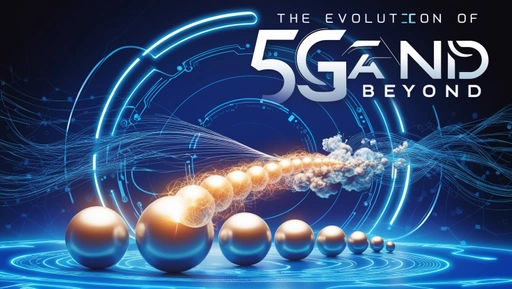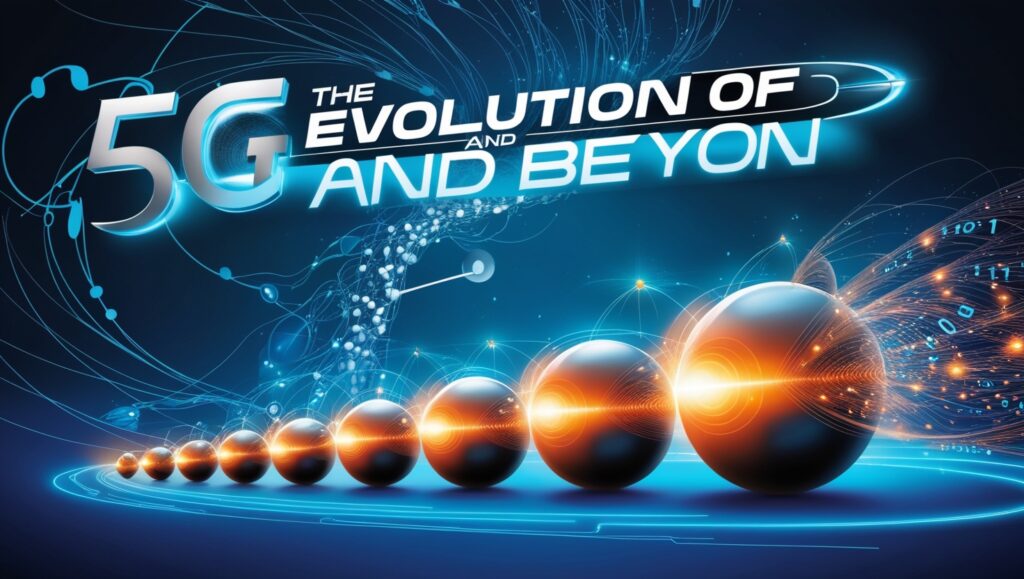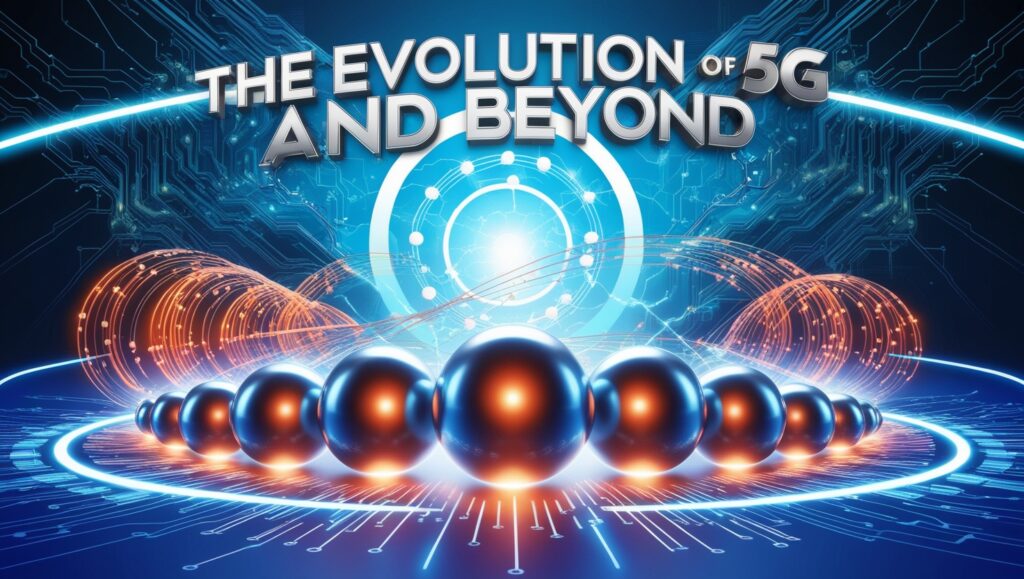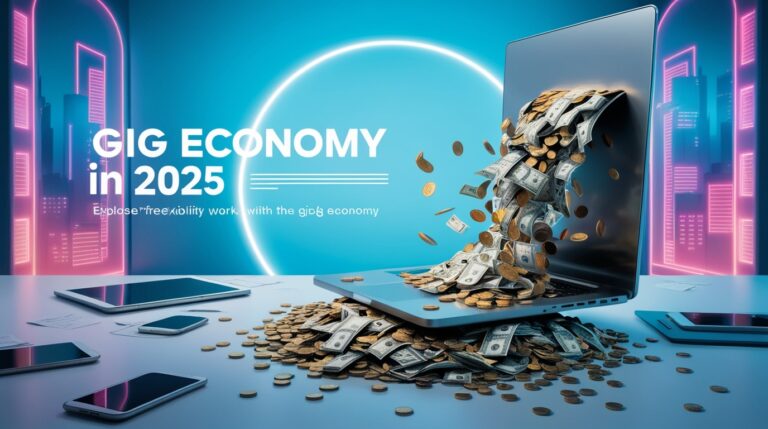The Evolution of 5G and Beyond: How Next-Generation Connectivity is Shaping the Digital Era
The rollout of 5G has marked a transformative shift in global connectivity, offering unprecedented speed, reliability, and capacity. As we stand on the brink of a new digital era, 5G and emerging technologies like 6G are poised to revolutionize industries, enhance daily life, and shape the future. This article explores the evolution of 5G, its impact across sectors, and the potential of next-generation connectivity.
1. What Makes 5G Different?

a. Speed and Low Latency
5G delivers speeds up to 100 times faster than 4G, making it ideal for high-bandwidth activities like streaming, gaming, and virtual reality. With latency as low as one millisecond, 5G enables real-time communication critical for applications such as autonomous vehicles and remote surgery.
b. Massive Device Connectivity
5G supports up to a million devices per square kilometer, making it the backbone for the Internet of Things (IoT), where billions of connected devices communicate seamlessly.
c. Enhanced Network Reliability
The advanced infrastructure of 5G ensures robust and stable connections, even in densely populated urban centers or during large-scale events.
2. Transformative Applications of 5G
a. Smart Cities
5G is driving the development of smart cities by:
- Optimizing Traffic Flow: AI-powered traffic management systems use 5G to reduce congestion and improve transportation efficiency.
- Enhancing Public Safety: Real-time surveillance and emergency response systems leverage 5G to protect citizens.
- Sustainability Efforts: Smart grids and efficient resource management contribute to energy savings and reduced carbon footprints.
b. Healthcare
In healthcare, 5G is enabling breakthroughs like:

- Telemedicine: Ultra-fast connections allow for seamless video consultations and remote monitoring of patients.
- Remote Surgeries: Surgeons can perform procedures using robotic systems controlled via 5G networks.
- Wearable Tech: Smart devices track health metrics in real-time, improving preventative care.
c. Entertainment and Media
The entertainment industry is being redefined through:
- Immersive Experiences: 5G powers augmented reality (AR) and virtual reality (VR) experiences, making gaming, live events, and storytelling more engaging.
- Faster Streaming: High-resolution content, including 8K video, streams without buffering.
- Personalized Content Delivery: AI-driven algorithms use 5G to curate content tailored to individual preferences.
d. Industrial Automation
5G enables smart manufacturing with:
- Real-Time Monitoring: Factories can monitor and optimize production lines with low latency.
- Autonomous Robots: Robots communicate and collaborate efficiently, increasing productivity.
- Predictive Maintenance: Sensors connected via 5G predict and prevent equipment failures.
3. The Future Beyond 5G: What 6G Promises
As 5G adoption grows, researchers are already exploring 6G technology, expected to launch around 2030. Key features of 6G may include:
- Terahertz Frequencies: Unimaginably fast data rates and even lower latency.
- AI Integration: Networks that adapt autonomously to changing conditions.
- Holographic Communication: Enabling lifelike virtual interactions.
- Advanced IoT Capabilities: Expanding the potential of connected devices, from smart homes to agricultural systems.
4. Challenges in 5G Deployment
While 5G offers immense potential, its adoption faces hurdles:
- Infrastructure Costs: Building and maintaining 5G networks require significant investment.
- Spectrum Allocation: Ensuring equitable access to radio frequencies is a complex task.
- Cybersecurity Risks: The interconnected nature of 5G increases vulnerabilities to cyber threats.
- Digital Divide: Bridging the gap between urban and rural areas is essential to ensure widespread benefits.
5. The Global Impact of Next-Generation Connectivity
The evolution of 5G and beyond is shaping the global digital landscape by:
- Driving Economic Growth: Industries leveraging 5G are projected to contribute trillions to the global economy.
- Enhancing Education: Virtual classrooms and immersive learning experiences are becoming a reality.
- Empowering Communities: Connectivity fosters innovation and inclusion, enabling underserved regions to access digital services.
Conclusion
The evolution of 5G is not just about faster internet; it is about enabling a connected world where innovation thrives and opportunities abound. From smart cities and healthcare to entertainment and industrial automation, 5G is laying the foundation for a digitally empowered future. As we look ahead to 6G, the possibilities become even more extraordinary, promising a world where connectivity knows no bounds. However, realizing this vision requires global collaboration, investment in infrastructure, and a commitment to bridging the digital divide, ensuring that the benefits of next-generation connectivity are shared by all.







